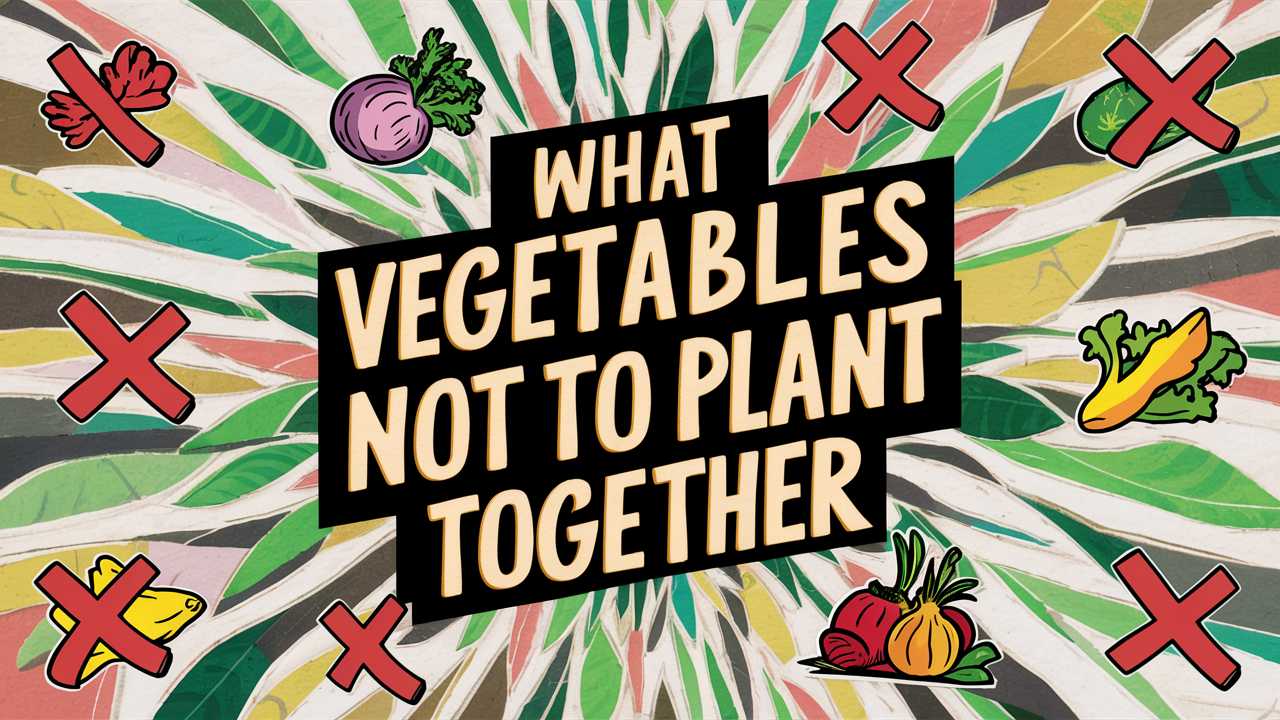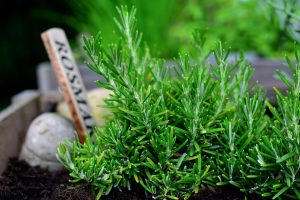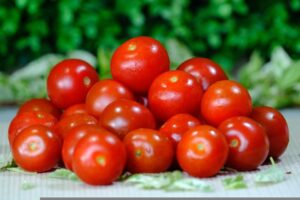Understanding which vegetables to avoid planting together is essential for promoting optimal growth, ensuring maximum yields, and preventing the spread of diseases in your garden. Certain plants can compete for the same nutrients, release allelopathic compounds that hinder growth, or attract similar pests that can decimate both crops.
Below we’ll explore vegetable pairs that should not be planted together, diving into the unique interactions that lead to their incompatibility.
Tomato & Potato
Tomatoes and potatoes are both members of the Solanaceae family, which makes their proximity problematic for several reasons, primarily linked to their shared vulnerabilities and resource competition.
Tomato
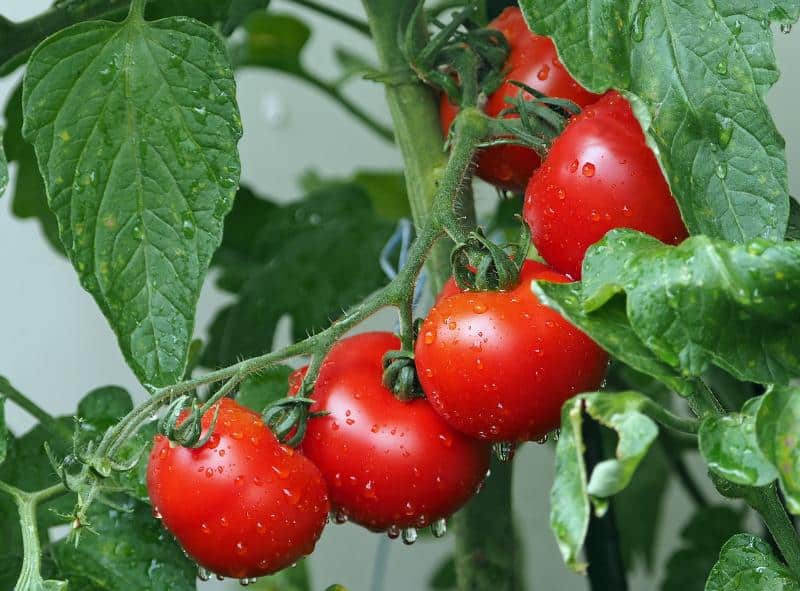
Tomatoes thrive best in nutrient-rich soil with ample sunlight and consistent moisture. However, when planted near potatoes, multiple challenges arise. Both crops are prone to diseases such as late blight and common blight, which can rapidly spread from one crop to another in close quarters, escalating the risk of crop failure. The overlapping root systems compete for the same nutrients like nitrogen and phosphorus, leading to nutrient depletion and stunted growth. Moreover, the vigor of tomato plants can lead to shading issues that impact potato tuber development, resulting in reduced yields, especially in poorly lit areas of the garden.
Potato
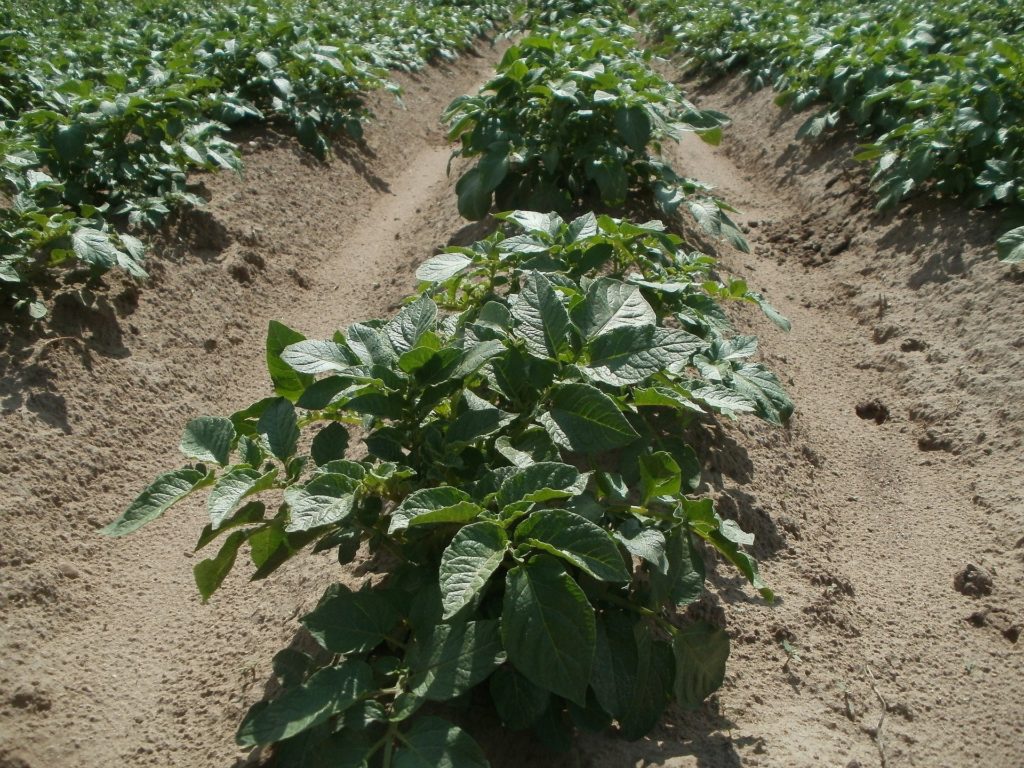
Potatoes, while enjoying similar growing conditions, have a much more robust nutrient uptake, drawing heavily on soil resources throughout their development. This resource demand can severely limit the nutrient availability for nearby tomatoes. Additionally, if potato plants exhibit signs of disease, their close proximity to tomatoes increases the risk of infection spreading rapidly between crops, making it challenging to manage diseases effectively. This competitive dynamic makes it advisable to keep tomatoes and potatoes well apart in your garden to minimize risks and promote healthy growth.
Carrot & Dill
While dill is commonly used in culinary practices alongside carrots, these two crops have complex interactions that can inhibit carrot growth.
Carrot

Carrots require a loose, well-drained soil structure that allows for deep root development and optimal nutrient absorption. However, when dill is planted nearby, its allelopathic properties come into play. Dill emits chemicals that disturb the growth processes of neighboring plants, including carrots. This can lead to issues such as poor germination rates, weaker root formation, and slower growth overall. Additionally, crowded conditions can cause competition for nutrients and water, resulting in a lower-quality carrot crop.
Dill

Furthermore, while dill attracts pollinators that benefit various garden crops, its root exudates can inhibit the establishment of carrot roots by causing chemical imbalances in the soil. This unique interaction, coupled with the fact that dill can grow quite tall, may also lead to shading that limits both sunlight and airflow, impacting carrot growth negatively. To ensure robust, healthy carrot root development, it is best to plant dill far from carrots, allowing each to thrive without interference.
Cucumber & Sage
The combination of cucumber and sage can create substantial challenges in the garden due to their conflicting growing habits and resource needs.
Cucumber
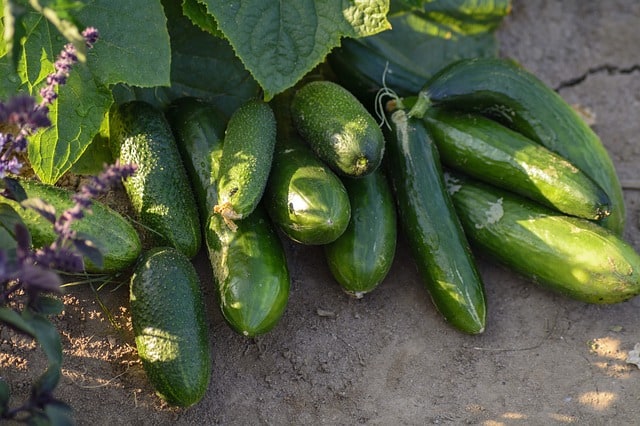
Cucumbers are vigorous, sprawling plants that require a warm climate, ample water, nutrient-rich soil, and plenty of sunlight to produce succulent fruits. However, cucumbers are heavily reliant on pollinators for fruit set. When sage is nearby, its strong aromatic characteristics can deter essential pollinators from visiting cucumber flowers, leading to poor fruit development and reduced harvest. Moreover, cucumbers prefer moist environments, and sage, which requires drier conditions, can exacerbate moisture competition in the garden.
Sage
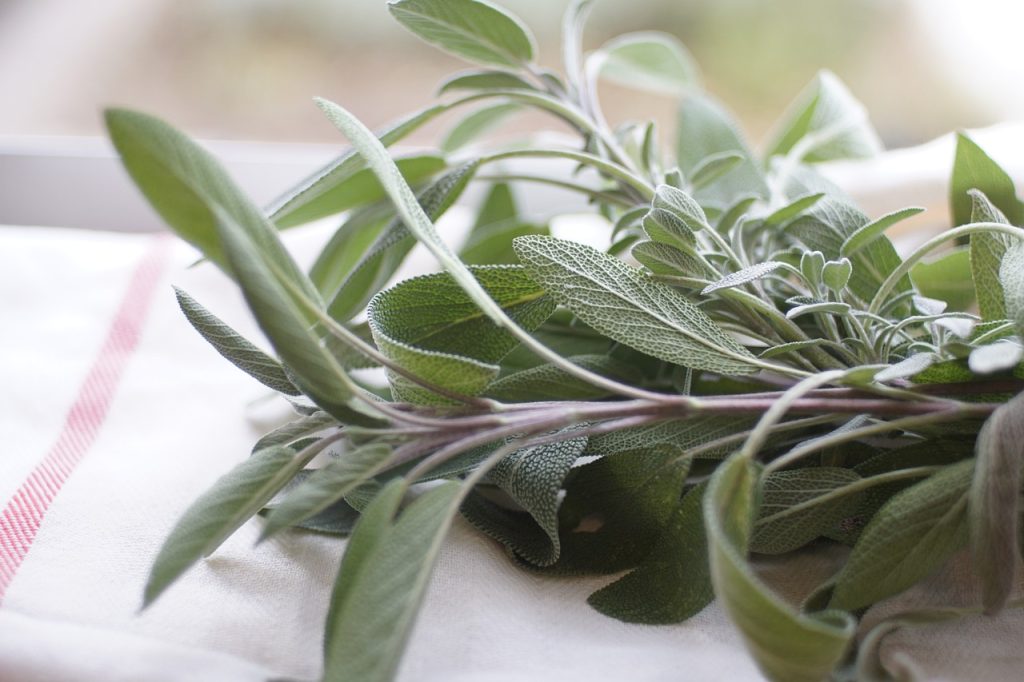
Sage’s strong scent might offer benefits by repelling specific pests, but its presence can ultimately hinder cucumber growth by overshadowing them and competing for essential sunlight and soil nutrients. The shading caused by sage can lead to less air circulation, contributing to fungal diseases in cucumbers, which prefer open, well-ventilated spaces. This competitive resource dynamic means that separating cucumbers and sage in your garden is vital for both crops’ health and yields.
Onion & Bean
Onions and beans present an interesting case for incompatibility, primarily due to their differing nutrient requirements and growth structures.
Onion
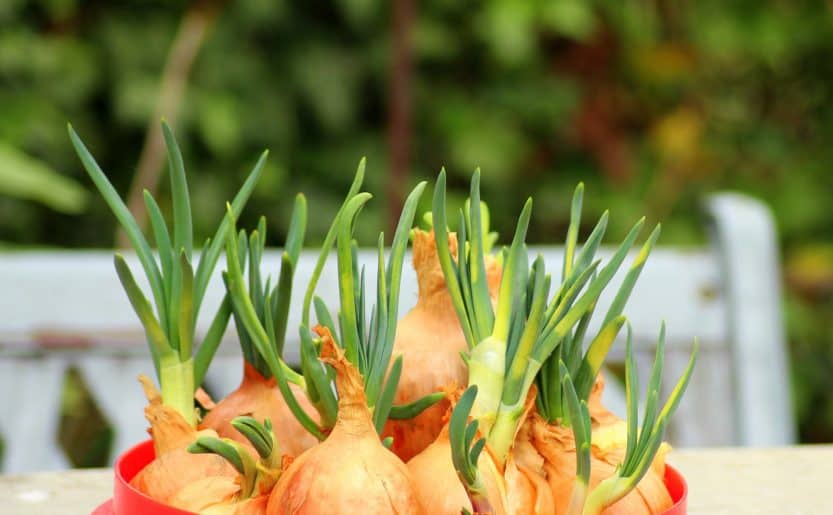
Onions are heavy feeders that thrive in nutrient-dense soil, requiring ample nitrogen, phosphorus, and potassium for healthy bulb development. Their pungent compounds, which deter pests and insects, can work against beans, leading to inhibited growth rates. As onions grow, they can take up significant resources, limiting the nutrient availability for beans which can lead to stunted growth or poor development.
Bean
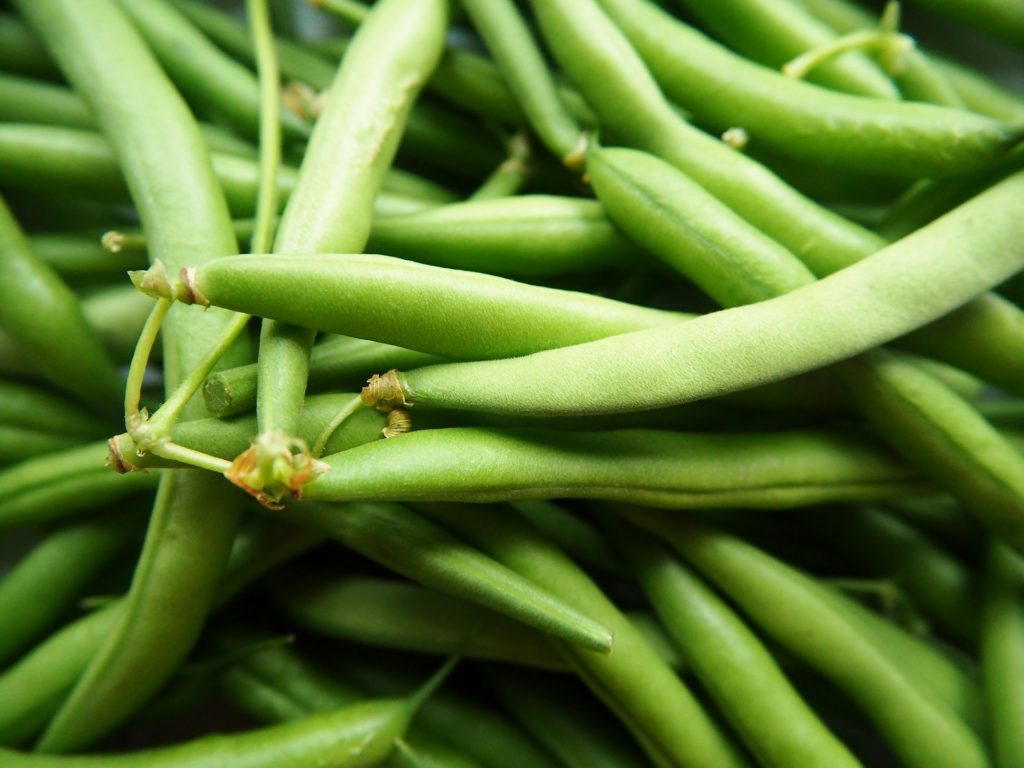
Beans, being nitrogen-fixers, enhance soil fertility. However, the nitrogen uptake mechanism of onions can counteract the positive effects of beans, resulting in an imbalance that causes both crops to struggle. Additionally, the more extensive root systems of onions can create soil compaction, making it challenging for beans to establish their roots adequately. The combination of these resource dynamics makes planting onions and beans nearby counterproductive, so it is advisable to grow them in separate areas of your garden.
Peas & Garlic
While peas and garlic may thrive in similar conditions, the compatibility of these two crops is fundamentally compromised by garlic’s strong biochemical traits.
Peas
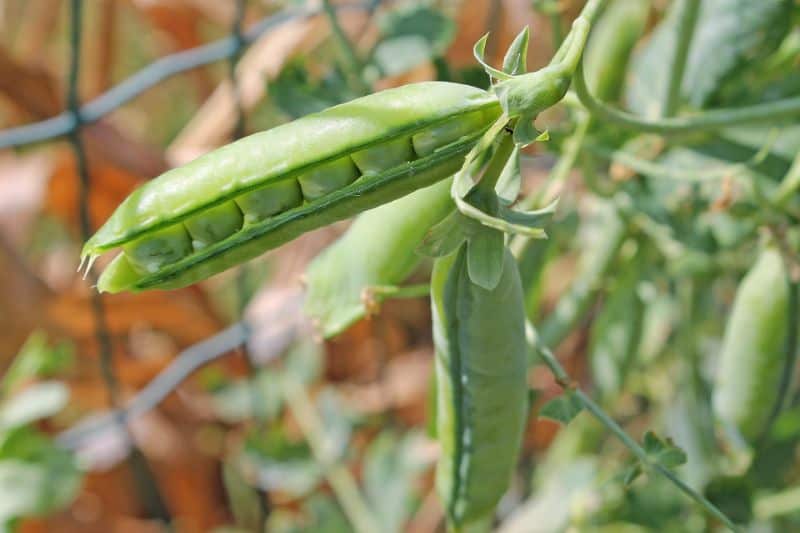
Peas flourish in cooler weather and require consistent moisture and rich soil. They are sensitive to nutrient competition and can become stunted when growing near aggressive nitrogen-absorbing plants. The presence of garlic can be detrimental as it releases certain sulfur compounds into the soil that inhibit pea growth and can interfere with their nitrogen-fixing abilities.
Garlic
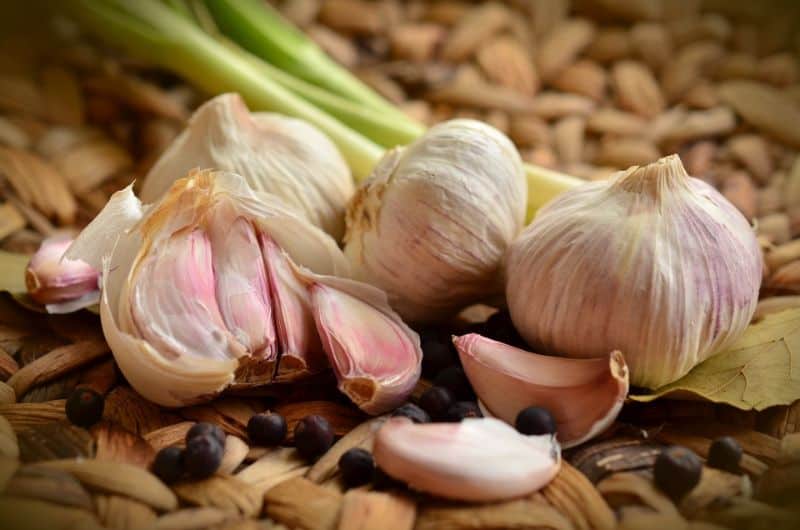
Garlic’s strong scents and natural compounds can create allelopathic barriers that discourage seed germination and overall pea development. This antagonism can significantly reduce the yield of peas when grown with garlic, making it vital to keep these crops strategically apart in your garden. The strong growth habit of garlic can further overshadow lower-growing plants like peas, depriving them of sunlight and impacting their photosynthesis. To achieve healthier yields, it’s crucial to plant garlic and peas in different locations within your growing space.
Lettuce & Broccoli
The pairing of lettuce and broccoli may yield limited success when grown together due to their contrasting growth habits and space requirements.
Lettuce
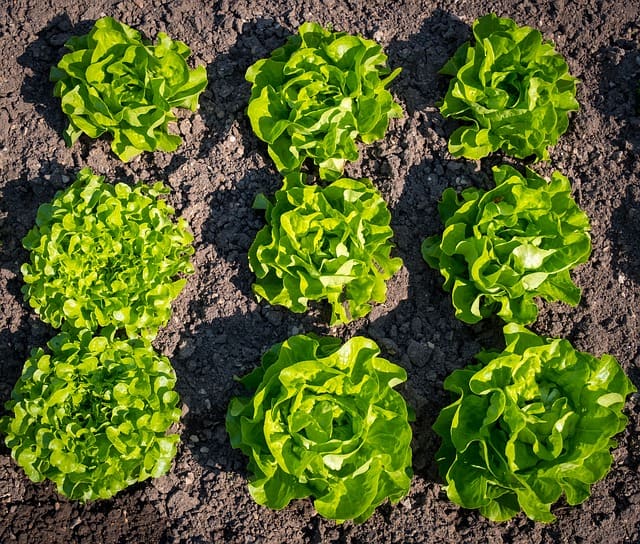
Lettuce is a fast-growing, low-profile plant that thrives in cool weather and requires ample sunlight and nutrient-rich soil. While it enjoys moist conditions, it is often sensitive to competition from taller companion plants, which can lead to shading and stunted growth.
Broccoli
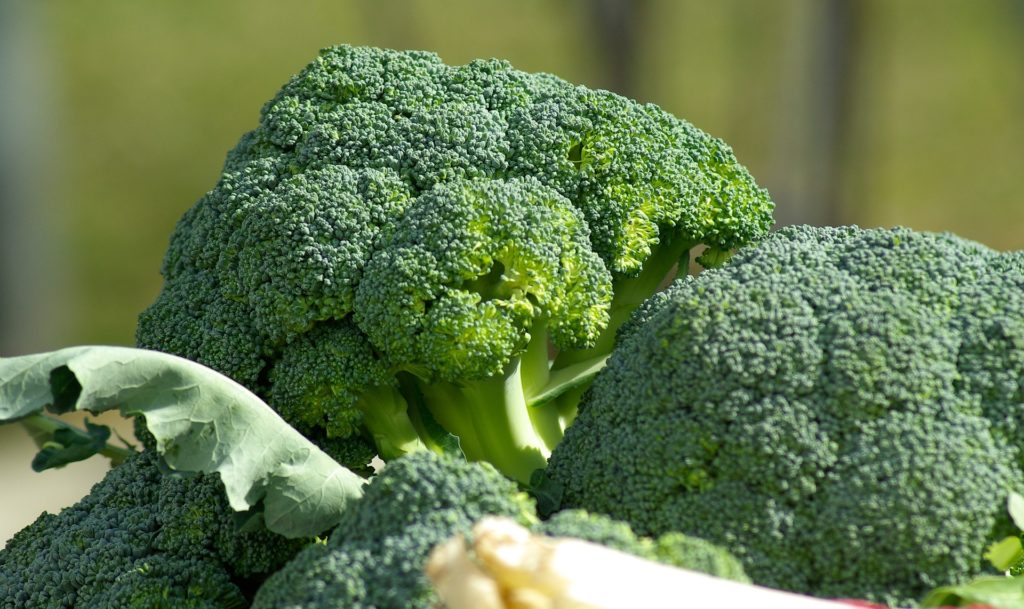
Broccoli, being a taller and bulkier crop, can overshadow lettuce, limiting its access to necessary sunlight. Additionally, broccoli has a more extended growing cycle, meaning that by the time it reaches maturity, it has likely out-competed lettuce for nutrients and space. This competition can lead to poor lettuce yields and a lack of quality in the harvest. For the best overall results, consider planting lettuce further away from broccoli to allow each crop to thrive unencumbered.
Radish & Hyssop
Radishes are quick-growing roots that can be adversely affected by the presence of hyssop due to its allelopathic nature.
Radish
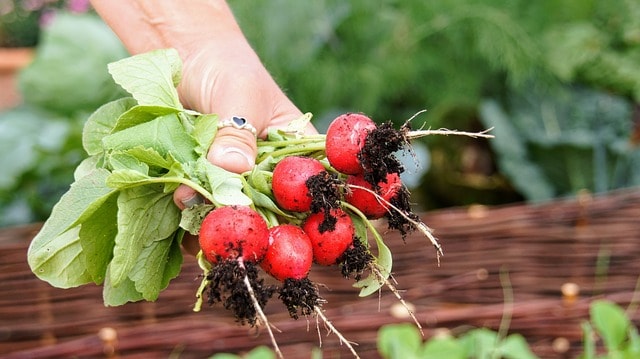
Radishes grow quickly in nutrient-rich, well-draining soil. They require consistent moisture and can produce satisfactory yields in a short amount of time. However, when planted near hyssop, the radishes can experience stunted growth due to chemical compounds released from hyssop roots that inhibit radish development.
Hyssop

Hyssop, while beneficial for attracting pollinators, can negatively affect nearby plants such as radishes through its strong herbaceous nature. The compounds that affect radishes can lead to reduced germination rates and less vigorous growth overall. Therefore, to maximize the growth potential of radishes, it’s essential to keep them well away from hyssop.
Spinach & Potato
Spinach and potatoes present a complex interaction, where nutrient competition can significantly impact their growth potential if planted together.
Spinach
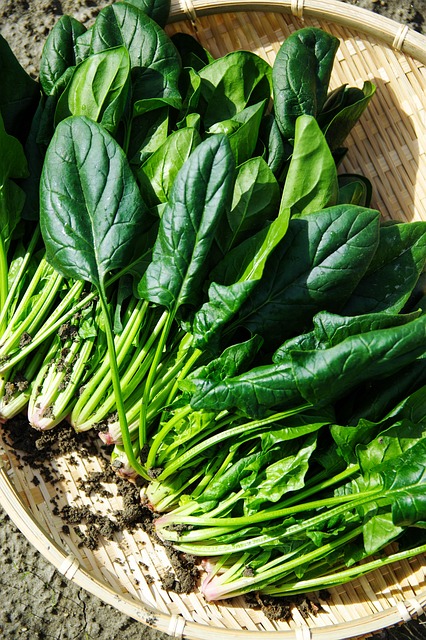
Spinach thrives in cooler, nutrient-rich environments and requires consistent moisture to grow lush and healthy leaves. When planted alongside potatoes, spinach faces the disadvantage of both plant types being heavy feeders, eventually competing for vital nutrients such as nitrogen and phosphorus.
Potato

Potatoes, being more substantial and having extensive root networks, can deplete soil resources critical for spinach, which can lead to smaller, less nutrient-dense leaves. Additionally, if potatoes fall prey to diseases like late blight, which they and spinach are both susceptible to, the likelihood of infection spreading to spinach grows. Keeping these two crops apart not only helps reduce competition but also promotes healthier crops overall.
Eggplant & Fennel
Eggplant and fennel may seem like an attractive pairing in the garden, but their interactions often present numerous challenges.
Eggplant
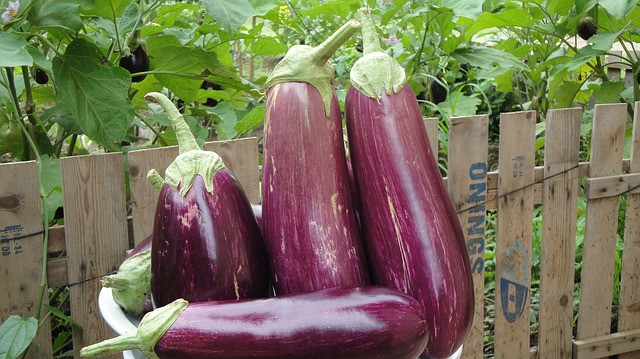
Eggplant is a warm-season crop that thrives in nutrient-rich soil and requires ample sunlight for optimal fruit development. However, when planted near fennel, eggplant can suffer stunted growth due to competition for both nutrients and space.
Fennel
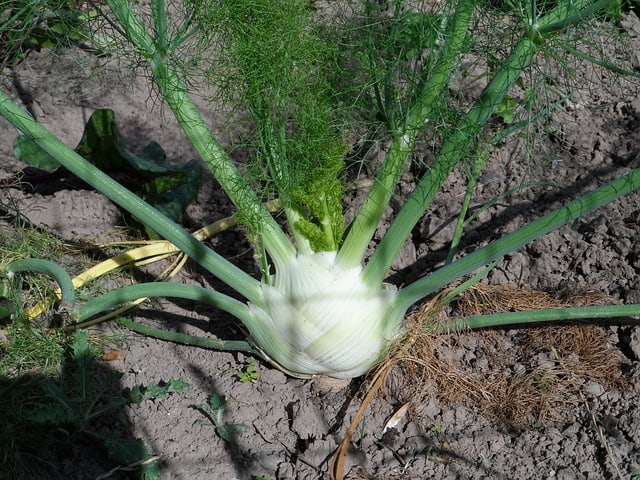
Fennel is notorious for its allelopathic properties, which suppress the growth of several neighboring plants through the release of chemicals. These compounds inhibit root development and nutrient uptake for eggplants, making it challenging to produce quality fruit. The significant competition for nutrients and the allelopathic interaction discourage optimal growth conditions, making it imperative to plant these two crops in separate locations within the garden.
Corn & Tomato
Growing corn alongside tomatoes can lead to competition and vulnerability to pests, decreasing the success of both crops.
Corn
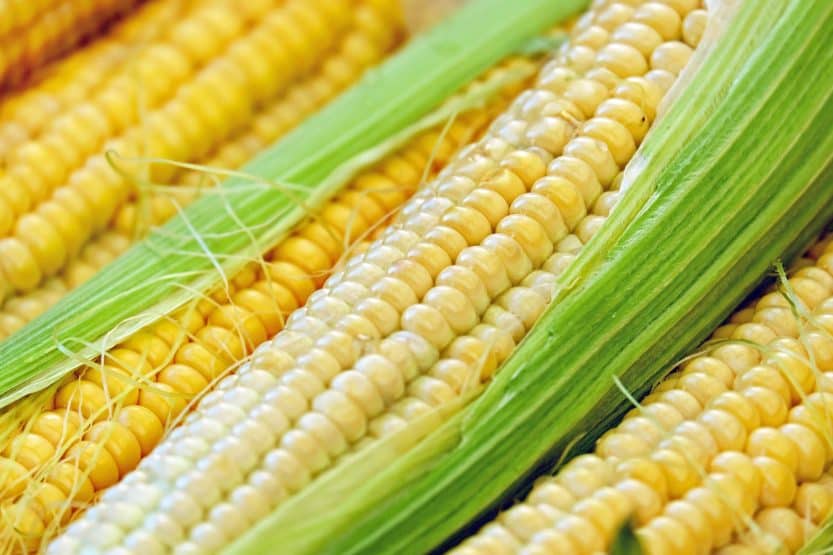
Corn is a tall, resource-intensive plant that requires full sunlight and fertile soil. Its height allows it to cast shadows on smaller plants, including tomatoes, potentially limiting their sunlight exposure during critical growth phases.
Tomato

Tomatoes, being more sensitive to shading, can struggle to thrive if grown too close to corn. Both crops are also susceptible to similar pests, such as the corn earworm and tomato hornworm, leading to increased risk of infestations when they are planted together. This shared vulnerability can lead to poor yields and increased management challenges. To enhance the productivity of both crops, it’s best to keep corn and tomatoes adequately spaced apart in the garden.
Pepper & Kohlrabi
The relationship between peppers and kohlrabi can lead to problems due to their competitive growth styles.
Pepper
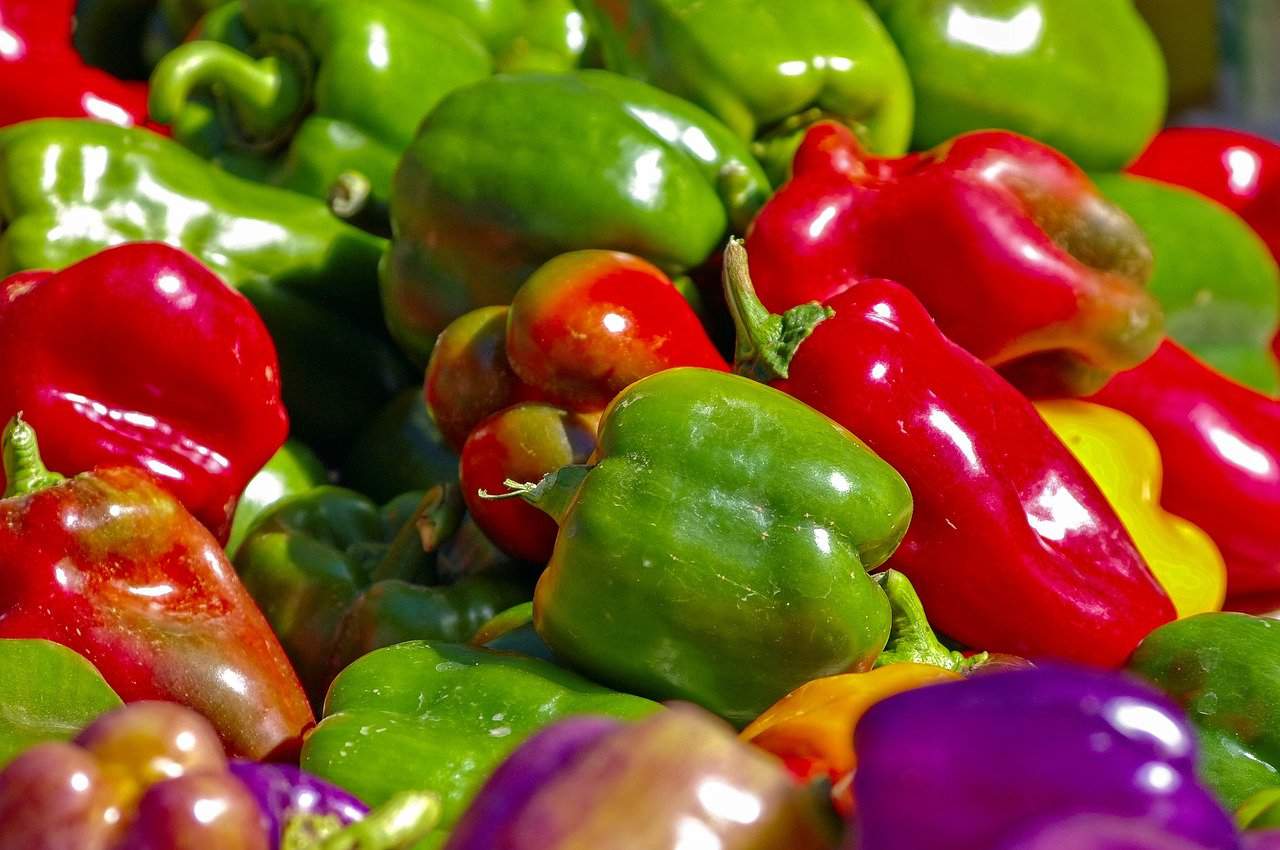
Peppers require warm temperatures and ample sunlight along with rich, well-draining soil to thrive. Their growth habits can become restricted due to competition when planted closely with other plants.
Kohlrabi
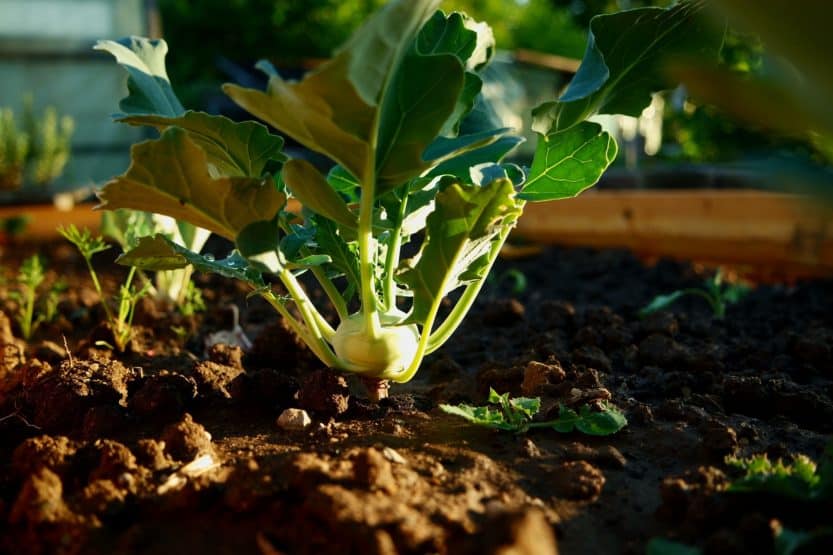
Kohlrabi quickly consumes nutrients, especially nitrogen, which can directly impact the growth of peppers in the same area. This competition for resources can result in a stunted yield for peppers. The rapid growth of kohlrabi can overshadow pepper plants, restricting their sunlight and impacting fruit development. To maximize yields, it is essential to keep these two plants separated to allow for optimal growth conditions.
Pumpkin & Potato
Pumpkins and potatoes, both heavy feeders, present unique challenges when planted in proximity due to their competing nature.
Pumpkin
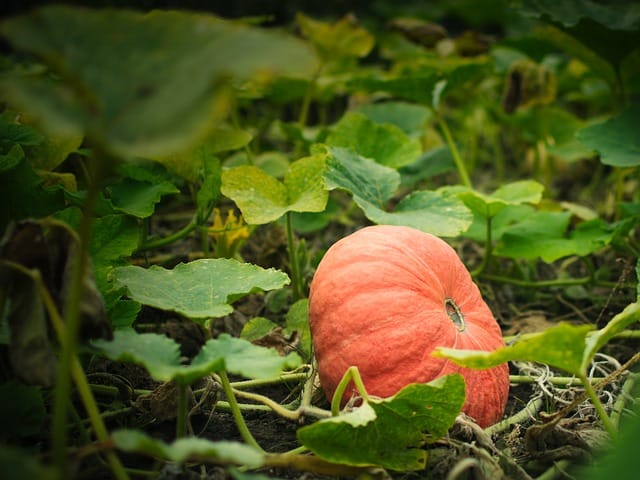
Pumpkins require substantial space and nutrients to produce their large fruits. They thrive in rich, warm soil and need significant amounts of water, making them resource-intensive.
Potato

Potatoes produce a large number of tubers that also demand rich soil and can draw heavily on nutrients needed by both crops. The competition for nutrients can severely limit crop productivity for both plants and lead to reduced quality in the harvest. Effective separation will allow each crop to absorb the nutrients it needs from the soil without hindering the growth of the other.
Cabbage & Strawberry
Cabbage and strawberries might coexist in gardens but often face challenges due to their differing growth dynamics.
Cabbage
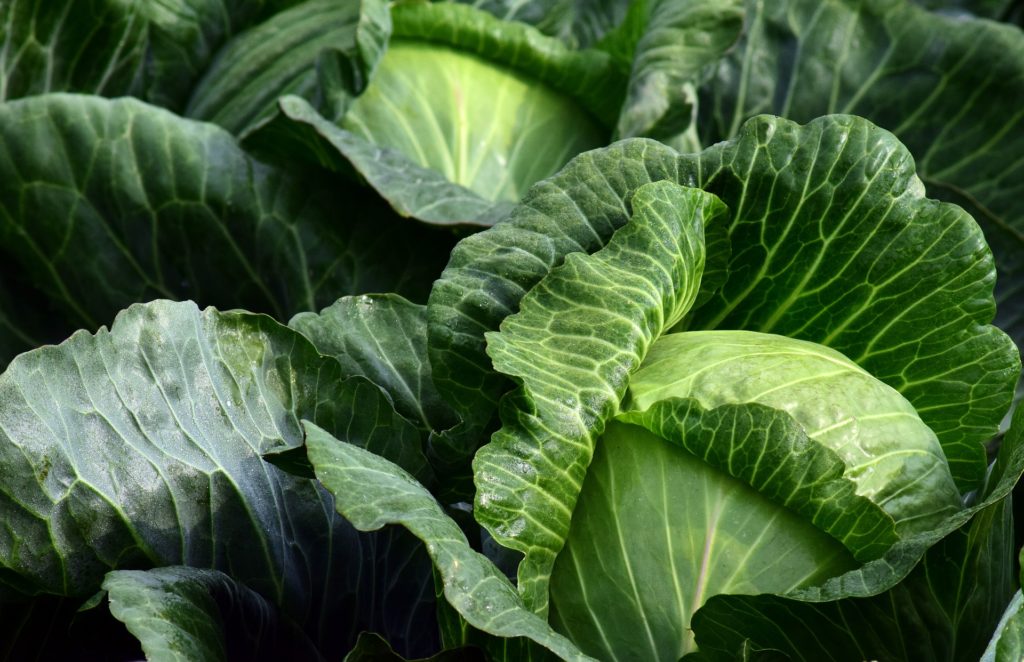
Cabbage is a light-demanding crop that grows large and bulky, requiring nutrient-dense soil to thrive. Its expansive growth can create significant shade over neighboring plants that require sunlight.
Strawberry
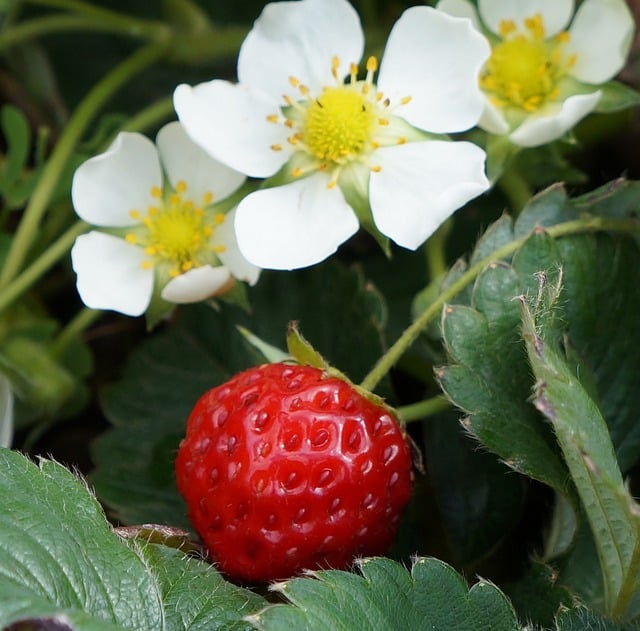
Strawberries, while low-growing, thrive in sunny conditions. When planted too closely to cabbage, they can suffer from both light deprivation and competition for nutrients. The shading from cabbage can stunt strawberry growth, leading to fewer and smaller berries, making it crucial to plant these two crops in enough distance to ensure proper light and resource access for both.
Celery & Parsnip
Celery and parsnips can struggle when planted together due to overlapping resource needs and competitive growth habits.
Celery
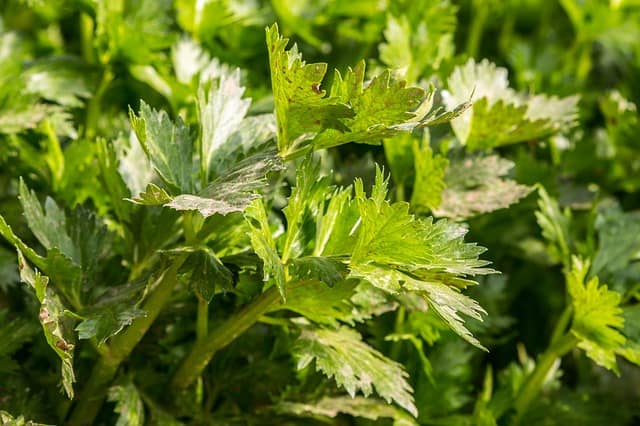
Celery thrives in moist, nutrient-rich soils and requires plenty of space and care to develop healthy, crunchy stalks. It grows tall and can consume a significant portion of water and nutrients, which can become problematic with close plantings.
Parsnip
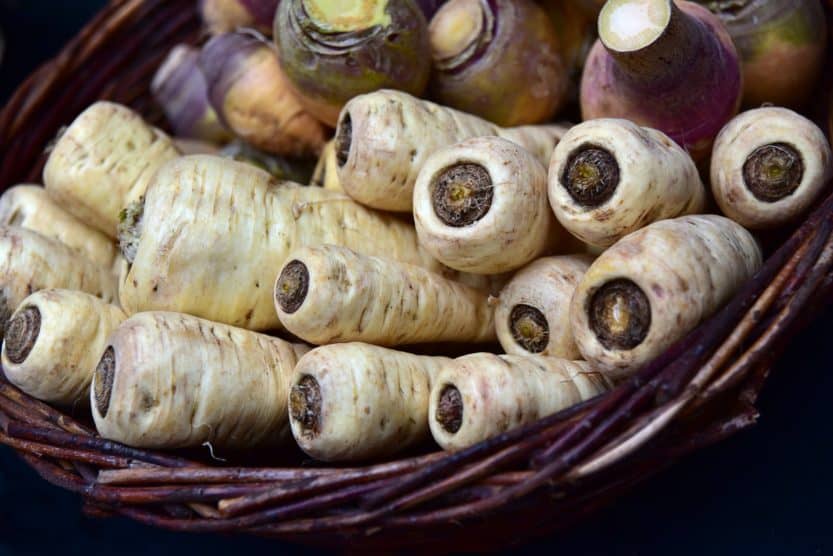
Parsnips are deep-rooted and prefer similar growing conditions; however, they require an extended growing season and ample resources to form their large taproots. When grown together, celery can overshadow parsnips and restrict their growth by competing for space, moisture, and crucial nutrients. To promote robust growth for both crops, these plants should be spaced apart, allowing both to flourish.
Zucchini & Potato
Zucchini and potatoes share similar resource needs but can hinder each other’s growth if planted too closely.
Zucchini
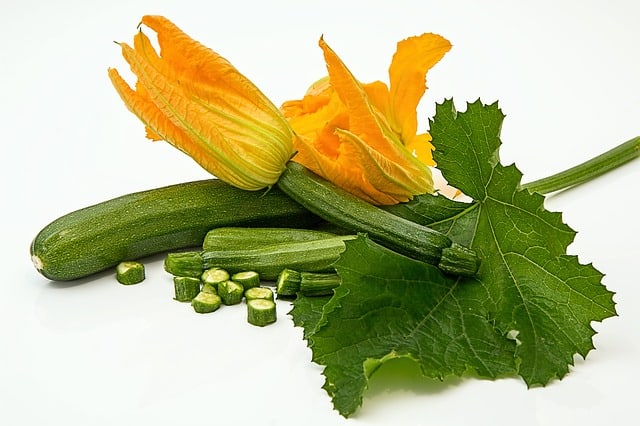
Zucchini is a prolific grower that spreads aggressively and requires substantial nutrients and moisture to yield large, healthy fruits. They thrive in rich, well-draining soil and can quickly take over garden space.
Potato

Potatoes also require significant nutrients and space to produce healthy tubers. However, when planted near zucchini, they face competition for the nutrient supply which can lead to subpar growth and fewer yields of both crops. The sprawling nature of zucchini can inhibit potato development above and below ground by limiting their sunlight and root space. Separating these crops helps ensure that they both receive ample nutrition and space to grow.
Beetroot & Mustard
Beetroot and mustard have conflicting interactions that can severely limit growth when planted together.
Beetroot
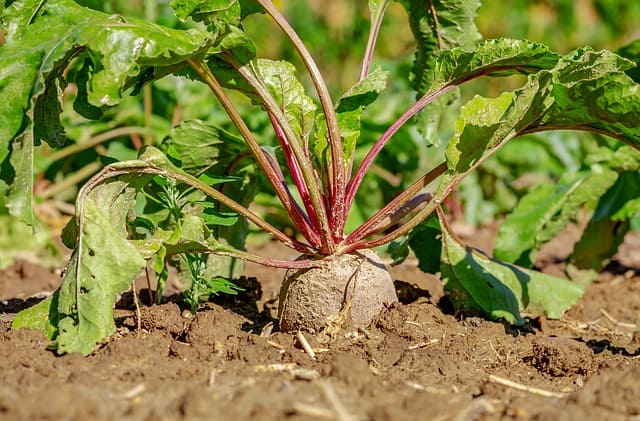
Beets thrive in nutrient-rich, well-draining soil and require consistent moisture. However, they are susceptible to competition from plants like mustard that can rapidly draw nutrients from the soil.
Mustard
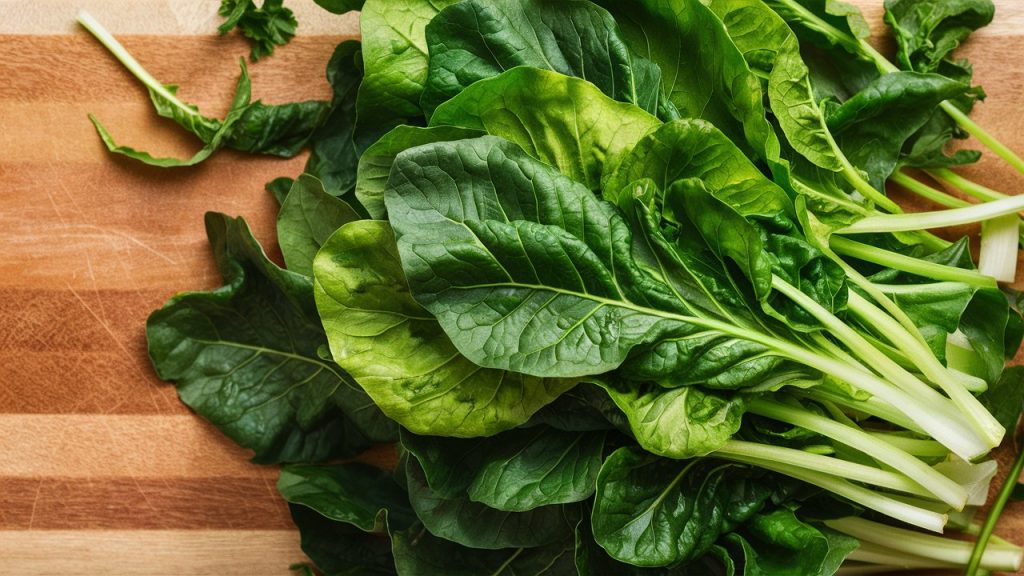
Mustard has aggressive growth patterns and can outcompete beetroot for vital nutrients. Its allelopathic properties also release chemicals into the soil that can inhibit beetroot growth. Given these interactions, planting these two crops in proximity can lead to reduced yields for both. To achieve robust beetroot harvests, cultivate them away from mustard to safeguard their development.
Artichoke & Corn
Artichokes and corn can both grow well but often find themselves competing for similar resources in the garden.
Artichoke

Artichokes are perennial vegetables that thrive in full sun and nutrient-rich, well-draining soil. Their substantial size requires ample space and moisture to grow healthily.
Corn

Corn, on the other hand, is a tall crop that also requires rich soil and significant sunlight. When grown together, tremendous competition arises for nutrients and light; corn’s height can overshadow artichokes, leading to stunted growth and unproductive yields. To cultivate healthy crops, these plant types should stay apart to enhance their growth potential.
Brussels Sprouts & Strawberries
Brussels sprouts and strawberries present an intriguing relationship where their demands for resources can conflict.
Brussels Sprouts
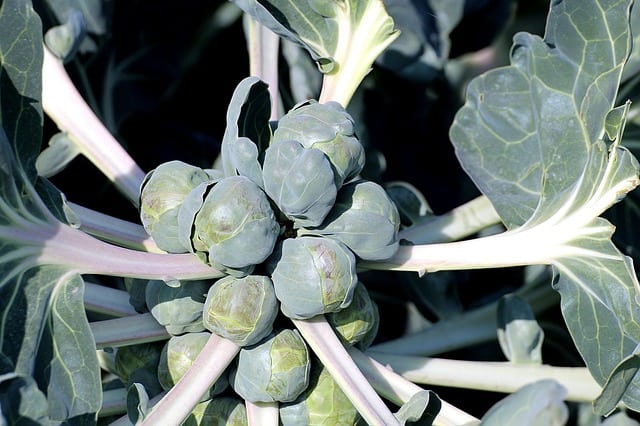
Brussels sprouts are heavy feeders that prefer nutrient-dense soil and enjoy cool weather conditions. Their size and resource needs can significantly impact neighboring crops, particularly lighter ones like strawberries.
Strawberry

Strawberries thrive in sunny, moist conditions, and their growth can be severely affected by the shading and competition for soil nutrients caused by larger cabbage-like sprouts. When planted too closely, Brussels sprouts can block the necessary sunlight and moisture for strawberries, leading to subpar production. To optimize yields for both crops, ensure enough distance between Brussels sprouts and strawberries in your garden.
Okra & Eggplant
Okra and eggplant may flourish under warm, sunny conditions but can present problems of competition when grown together.
Okra
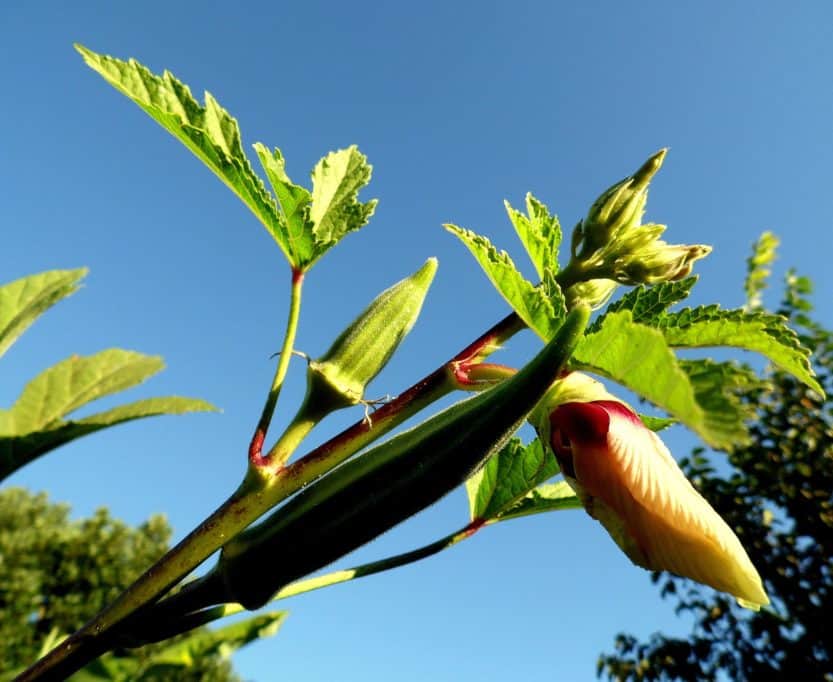
Okra is a heat-loving crop that requires rich, well-draining soil and plenty of sunlight. It can also grow quite tall, competing directly with lower-growing plants.
Eggplant

Eggplants also prefer warm weather and nutrient-rich soil but may find themselves overshadowed by the taller plants. The competition for light and nutrients can adversely affect eggplant growth and yield. Maintaining a separation between these two crops can help ensure both thrive in their respective environments.
Turnip & Cabbage
Turnips and cabbage often clash due to their similar nutrient requirements and space needs, leading to negative growth outcomes.
Turnip
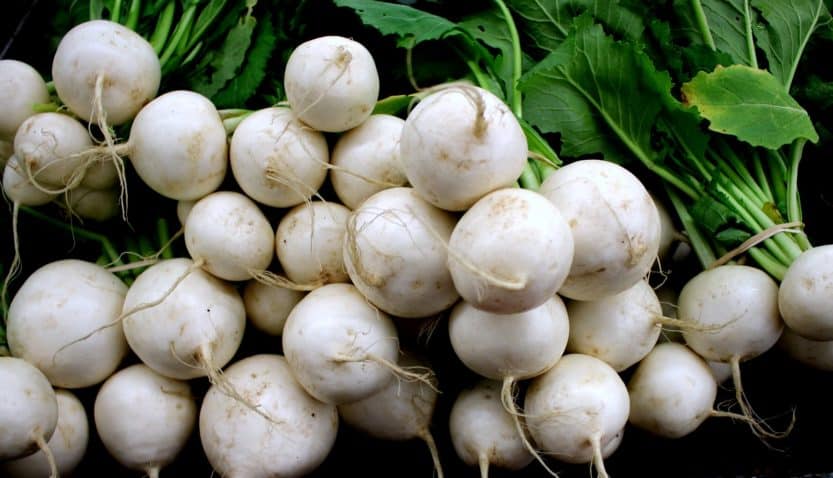
Turnips are fast-growing root vegetables that thrive in cool, nutrient-rich soil. Their growth can be easily compromised when competing for resources with larger brassicas.
Cabbage

Cabbage has a substantial growth habit and demands significant nutrients from the soil. When planted alongside turnips, cabbage can easily overshadow and outcompete turnips, resulting in stunted root development and reduced turnip yields. For optimal growth, it is essential to separate these crops to prevent competition for vital resources.
Chard & Cucumber
While both chard and cucumber thrive in similar conditions, their growth habits can lead to competition that adversely affects yields.
Chard

Chard is a leafy green that grows best in well-drained, nutrient-rich soils. It’s known for its vibrant leaves and is relatively hardy, capable of withstanding various conditions.
Cucumber

Cucumbers prefer warm temperatures and depend on ample sunlight for fruit production. However, when planted too close to chard, they can face challenges. The large, leafy structure of chard can overshadow cucumber plants, restricting their light access and leading to poor fruit set. To encourage healthy growth for both crops, plant chard and cucumbers at sufficient distances apart in the garden.
Asparagus & Onion
Asparagus and onions interact in ways that can lead to poor growth and yields when planted nearby.
Asparagus
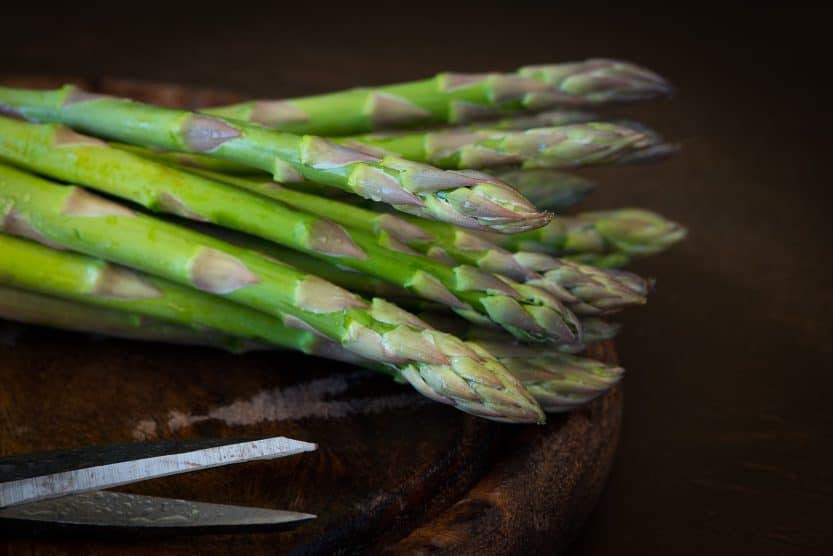
Asparagus is a perennial vegetable that requires rich, well-drained soil and full sun to thrive over several years. It prefers consistent moisture but can be sensitive to soil imbalances caused by competing plants.
Onion

Onions can grow quite large and consume significant soil nutrients that asparagus relies on for development. The competitive root systems of onions can lead to decreased vigor for asparagus, as they fear being overwhelmed in shared spaces. Keeping these two crops apart allows each to effectively access the resources it needs for optimal growth.
Rhubarb & Cabbage
Rhubarb and cabbage may appear compatible due to their robust nature, but their growth interactions can be problematic.
Rhubarb
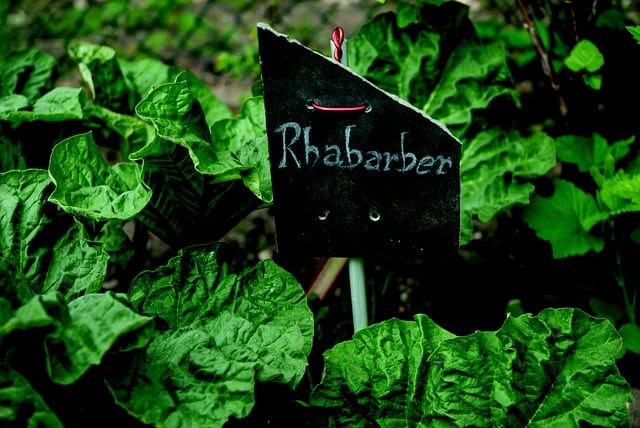
Rhubarb is a deep-rooted perennial that thrives in rich, moist environments. It requires ample space for its large, leafy structure to develop effectively, producing the tart and flavorful stalks.
Cabbage

Cabbage, with its large, leafy head, can overshadow rhubarb and outcompete it for light and nutrients during the growing season. The shading from cabbage can stifle rhubarb development, leading to reduced vigor and yield. Maintaining distance between these two crops in the garden ensures that both can thrive in their respective environments.
Parsley & Lettuce
While parsley and lettuce share some environmental preferences, their compatibility is undermined by competition for resources.
Parsley
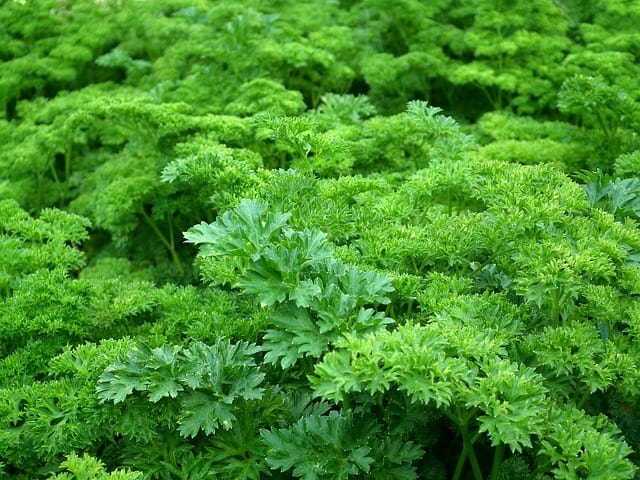
Parsley is a versatile herb that grows well in rich soils and enjoys consistent moisture. It can become quite bushy, which may lead to competition with nearby crops.
Lettuce

Lettuce, a fast-growing crop, also thrives in similar conditions, but it can be hindered by the shading and resource competition posed by parsley. The close proximity of these two can stifle lettuce growth, leading to both reduced yields and quality. To foster strong production of lettuce and parsley, plant them in separate areas of your garden.
Mint & Parsley
Mint and parsley are both flavorful herbs but present challenges when grown together due to mint’s aggressive growth habits.
Mint
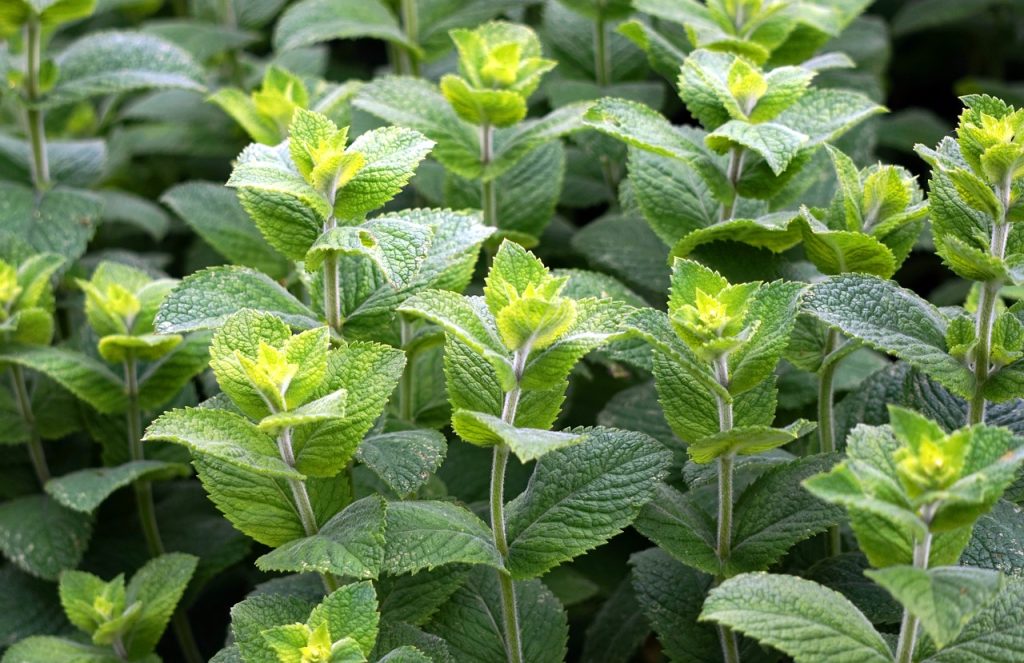
Mint is known for its vigorous growth and ability to spread rapidly, often overtaking garden beds if not contained. This competitive nature can overwhelm nearby plants, including parsley, as it consumes vital resources.
Parsley

Parsley requires similar moisture and nutrient conditions to thrive, but can easily be outcompeted by the strong growth of mint. When planted too close together, the quick spread of mint can lead to stunted parsley growth and decreased quality of the herbs. For optimal herb production, it’s best to keep mint confined, either in pots or dedicated sections away from parsley.
Garlic & Peas
Garlic and peas have strong biochemical barriers that inhibit their growth when planted in proximity.
Garlic

Garlic thrives in well-drained, nutrient-rich soil and offers a robust flavor in the kitchen. It requires full sunlight and can grow quite well but releases sulfur compounds into the soil that can affect nearby plant growth.
Peas

Peas, which enjoy a cooler environment, can suffer from garlic’s allelopathic effects when grown near each other. The presence of garlic can produce an environment that stunts germination and reduces pea plant health. Since both crops have different preferences and thrive under different conditions, plant garlic and peas in separate areas to promote better growth for both.
Basil & Rue
Basil and rue are herbs cherished in cooking but pose compatibility challenges in garden settings due to their growth dynamics.
Basil
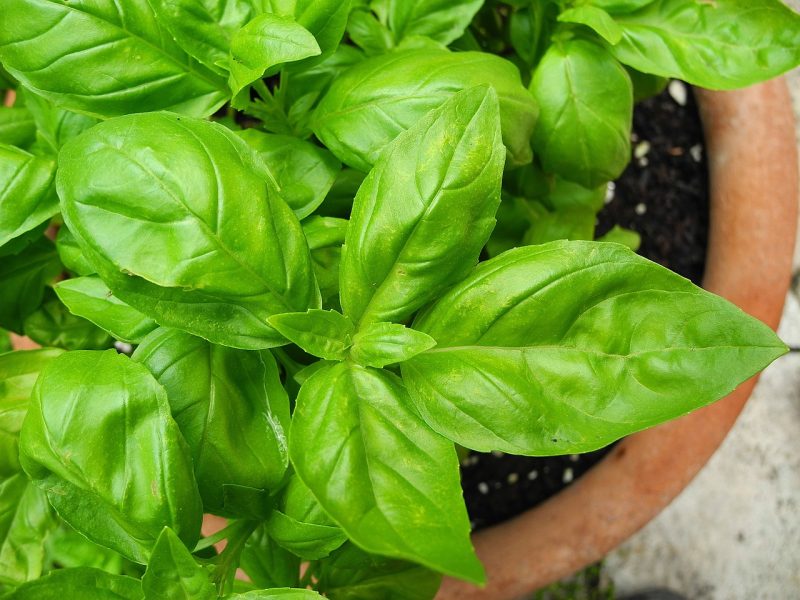
Basil is a popular herb that enjoys warm conditions and fertile, well-draining soil. Its fragrant leaves thrive on ample sunlight, which is crucial for robust growth.
Rue
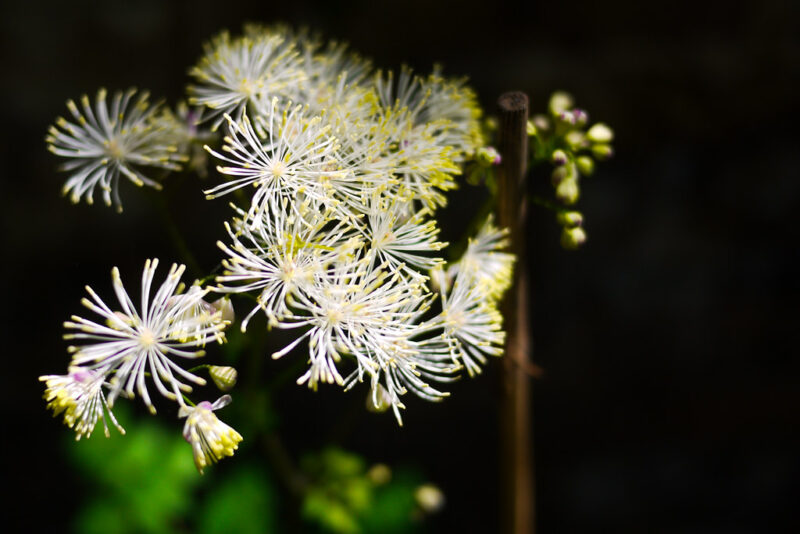
Rue can deter pests, but it also possesses allelopathic properties that negatively affect neighboring plants like basil. The chemicals produced by rue can stunt the growth of basil, impairing its vigor and flavor. Because of this, planting rue too close to basil can lead to failed growth and a less aromatic harvest. To enjoy fresh basil, avoid growing rue in close proximity.
Rosemary & Sage
While rosemary and sage are both Mediterranean herbs that thrive in warm, sunny conditions, their competitive growth abilities can create issues if planted together.
Rosemary

Rosemary needs full sun and well-draining soil, flourishing under drier conditions. Its woody, deep-rooted nature can potentially overshadow neighboring plants.
Sage

Sage typically requires slightly more moisture and can create competition for resources in the same growing space. When grown together, particularly in nutrient-rich soil, sage may get outcompeted by rosemary for growth space, limiting both herbs’ overall health and yield. To maximize the potential of both plants, it’s best to plant rosemary and sage apart to avoid struggles for sunlight and moisture.
Endive & Spinach
Endive and spinach can struggle when grown in proximity due to overlapping nutrient and moisture requirements.
Endive
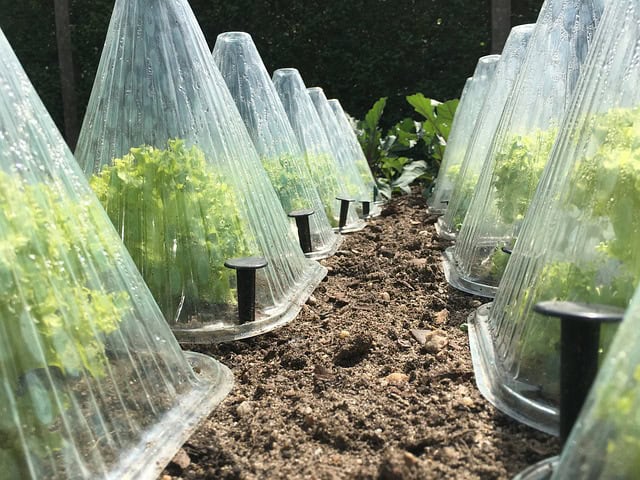
Endive is a leafy green that prefers cooler temperatures and consistent moisture, thriving in rich, fertile soils. However, as it grows, endive can become quite competitive.
Spinach

Spinach also cherishes similar growing conditions but requires abundant resources for optimal growth. When these two crops compete for nutrients and space, endive can overpower spinach, leading to inhibited growth and poorer yields. Ensuring adequate space between endive and spinach can help prevent these competitive dynamics and support successful harvests for both.


